Travel Guide, Ha Giang Loop
Is The Ha Giang Loop Dangerous?
Nestled in the northernmost part of Vietnam, Ha Giang Loop loop has gained legendary status among travel enthusiasts and motorbike adventurers. But with its increasing popularity comes an important question: Is the Ha Giang Loop dangerous? In this blog, we delve into the various aspects of this iconic route to understand the risks involved and provide insights for those considering this adventurous journey.
What is the Ha Giang Loop?
The Ha Giang loop is a three to five-day motorcycle ride that begins in the isolated northern Vietnamese village of Ha Giang. The ethnic minority villages along the China-Vietnam border are traversed on this northern motorbike loop. Additionally, Dong Van Karst National Park – a UNESCO World Heritage Site – is directly passed by.
The Ha Giang northern loop is well-known for its stops as well as its breathtaking views of the mountains and dizzying roads. Many times when we drove around the Ha Giang Loop, we were so close to the edge of the cliff that I felt physically sick. The loop offers a unique perspective on Vietnam and is still unknown to tourists, despite its occasionally terrifying nature.
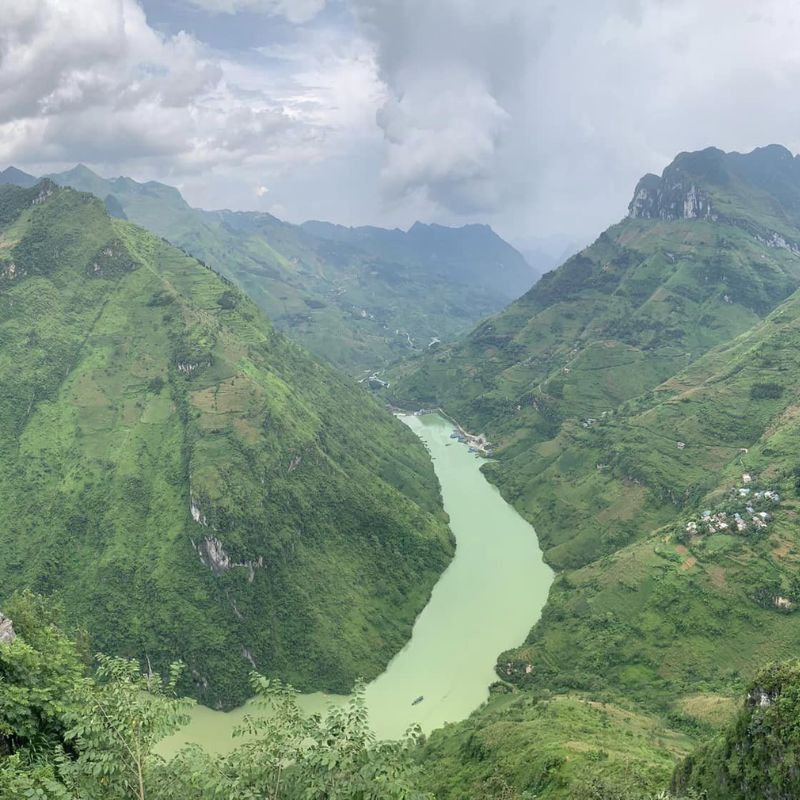
Why is the Ha Giang Loop Dangerous?
A lot of people have inquired about the dangers of the Ha Giang loop. There is a high injury rate and lack of safety in the Ha Giang Loop. There are two main categories of individuals that I have witnessed suffering injuries on the Ha Giang Loop. It was either their first time riding a motorcycle or they weren’t paying attention. That being said, the Ha Giang Loop is challenging enough that even seasoned riders sustain injuries. The Ha Giang Loop is unsafe for the following reasons, to name a few.
Road conditions
Ha Giang is known for its breathtaking mountain scenery and winding roads. While the views are stunning, the roads can be narrow, steep, and have sharp turns. If you’re planning to drive or ride a motorbike, ensure you’re comfortable with challenging road conditions and obey traffic regulations.
Weather
As they say, “It pours when it rains.” One of the most exquisite manifestations of nature is the weather in Ha Giang. Having said that, there are numerous risks involved in embarking on this journey. For starters, the Ha Giang Loop’s roads become slick in bad weather. We encountered a severe storm while traveling from Yen Minh to Dong Van. Daniel, a long-time motorcycle traveler across Asia, had difficulties. The road had become covered in red clay during one of the turns, and the bike nearly came loose.
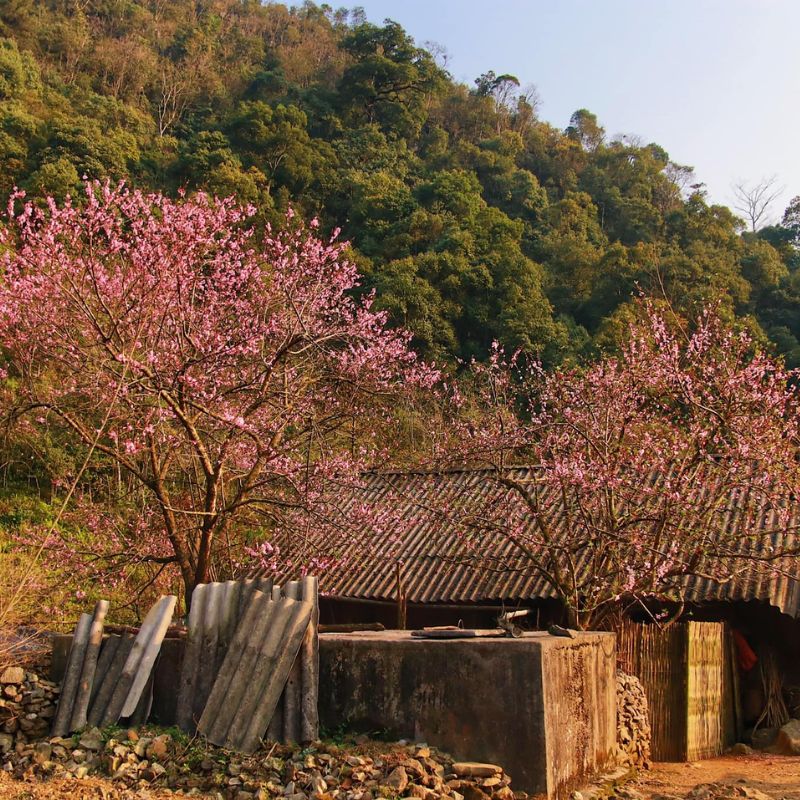
Ha Giang experiences a range of weather conditions throughout the year. The best time to visit is from September to November when the weather is mild and dry. During the rainy season (May to August), landslides and flash floods can occur, making travel hazardous.
Remote and Rugged Terrain
The roads in this area, while scenic, can be unpaved, rocky, or riddled with potholes in places, making them tough to navigate, especially for less experienced riders. With limited signage and unreliable GPS connectivity in some areas, navigation can be a challenge. Riders must often rely on maps and local directions, which can be daunting in such an isolated area. The terrain can vary significantly throughout the loop, from steep inclines to sharp turns, which requires constant attention and adaptability from the rider.
Inexperienced Riders
The Ha Giang Loop is known for its steep inclines, sharp bends, and unpredictable terrain. Inexperienced riders may struggle with these challenges, increasing the risk of accidents. They might not have the skills to navigate safely, particularly in adverse conditions like rain or fog.
Handling a motorbike on the rough and steep roads of Ha Giang requires a certain level of physical strength and skill. Inexperienced riders might find it hard to control the bike, especially on loose gravel, mud, or during steep ascents and descents. Riders who are new to motorbiking might not fully comprehend the difficulty of the route, which can lead to inadequate preparation in terms of physical fitness, gear, and supplies.
How to Stay Safe
Being alert while driving is the best way to stay safe on the Ha Giang Loop. You can also obtain an easy rider if you’re not a skilled rider but still want to see the Ha Giang Loop. Local Vietnamese tour guides, known as “easy riders,” will chauffeur you around on a motorcycle while providing you with guided tours.
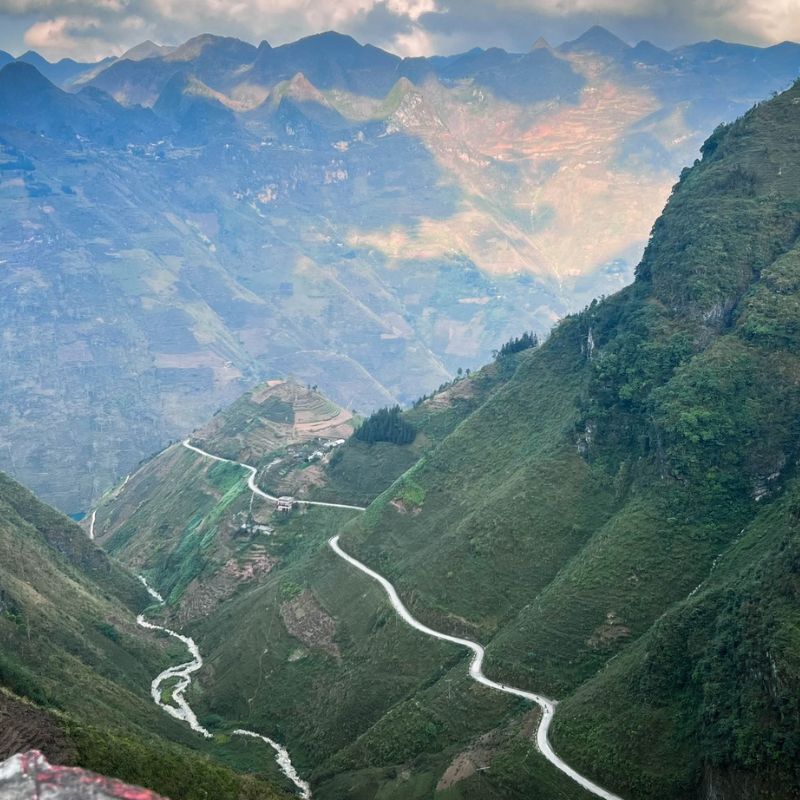
Preparation
Ride Quality
- Motorbike Condition: Before setting off, ensure your motorbike is in excellent condition. This includes checking the engine, brakes, lights, and horn. The brakes and tires are particularly crucial as they are your primary safety features on the mountainous terrain of the Ha Giang Loop. Regular maintenance and a pre-trip check are essential.
- Fuel: Always have enough fuel, and know the locations of fuel stations on the loop, as they can be sparse in remote areas.
Protective Gear
- Helmet: A high-quality helmet is non-negotiable. Ensure it fits correctly and provides adequate protection.
- Additional Gear: Consider additional gear like a motorcycle jacket, gloves, and appropriate footwear. These can protect you from scrapes and injuries in case of minor accidents and from the elements.
Documentation
Legal Requirements: Carry your valid driver’s license and an International Driving Permit (IDP) if your license isn’t in Vietnamese. This not only ensures you’re abiding by local laws but can also be helpful in case of interactions with authorities.
On the Road
Defensive Riding
- Awareness: Be constantly aware of your surroundings. Watch out for potential hazards such as animals crossing, sudden potholes, and unpredictable behavior of other drivers.
- Speed Management: Maintain a speed that allows you to react promptly to unforeseen circumstances. Speeding is a common cause of accidents, especially on unfamiliar winding roads.
Weather Awareness
- Check Forecasts: The weather in the mountains can change rapidly. Regularly check weather forecasts and be prepared for conditions like rain or fog, which can significantly affect road visibility and safety.
- Appropriate Gear: Carry and use weather-appropriate gear. This includes waterproof clothing for rain and warm layers for cold conditions.
Avoid Night Riding
- Limited Visibility: After dark, the risks increase due to limited visibility and the lack of lighting on rural roads.
- Fatigue Factor: Avoid riding when tired, especially at night, as fatigue can impair judgment and reaction time.
Health and Comfort
Stay Hydrated
- Water Supply: Carry enough water and hydrate regularly. Dehydration can lead to fatigue and decreased alertness.
- Regular Breaks: Take breaks to rest and hydrate, especially during long stretches of riding.
Altitude Sickness
- Acclimatization: The loop traverses high altitudes, which can cause altitude sickness. Acclimatize gradually if you’re not used to high elevations.
- Know the Symptoms: Be aware of altitude sickness symptoms like headache, nausea, and dizziness. If symptoms appear, descend to a lower altitude and seek medical attention if necessary.
First Aid Kit
- Basic Kit: Carry a basic first aid kit for minor injuries or ailments. This should include band-aids, antiseptic wipes, pain relievers, and any personal medications.
- Know Basic First Aid: Familiarize yourself with basic first aid practices, such as treating minor cuts or managing sprains.
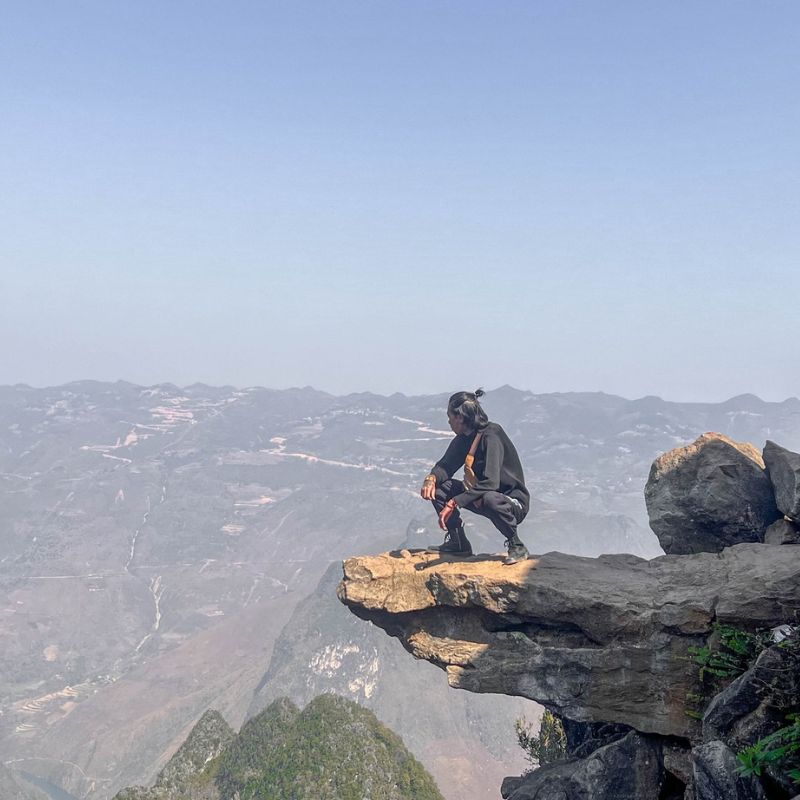
In conclusion, although the Ha Giang Loop Vietnam is a breathtaking motorcycle excursion, novice riders should exercise caution. There are risks associated with the loop, including driving on precarious edges, coming across obstacles, and traveling on rough terrain. There are risks for even seasoned riders.
Hiring an easy rider – a local guide who makes loop navigation – is advised for novices. In case of an emergency, comprehensive travel insurance is essential. Prioritizing safety and making well-informed decisions is essential before starting this demanding journey.
FAQs
Should I Travel Alone or in a Group?
Deciding between traveling alone or in a group on the Ha Giang Loop depends on personal preference and experience level. Solo Ha Giang Loop travel offers flexibility and a deeply personal experience, but it requires a higher level of self-reliance, especially in handling unexpected situations like mechanical issues or navigation challenges. On the other hand, traveling in a group provides a sense of safety and support, as fellow riders can offer assistance in case of emergencies and share the experience, which can be particularly reassuring for less experienced riders.
Groups also provide a social aspect, enhancing the overall enjoyment of the journey. However, group travel requires coordination and can sometimes limit personal freedom. Ultimately, the choice should be based on your comfort level, riding experience, and desired travel experience. Regardless of the choice, it’s crucial to be well-prepared and informed about the route and local conditions.
What are the Main Risks While Riding the Ha Giang Loop?
Riding the Ha Giang Loop in Vietnam presents several risks that travelers should be aware of. Firstly, the road conditions can be challenging, with narrow, winding paths, steep inclines, and occasional poor maintenance. This terrain requires careful navigation, especially for less experienced motorbike riders. Secondly, unpredictable weather in the region can quickly change road conditions, making them slippery and more dangerous. Thirdly, the remote nature of the route means that access to emergency services and medical facilities can be limited. Lastly, riders must be cautious of local traffic norms, which might be different from what they are used to, including the presence of livestock and other vehicles on the road.
Do I Need to be an Experienced Rider to Tackle the Loop?
To tackle the Ha Giang Loop, it’s highly recommended to have some motorbike riding experience. The loop is known for its challenging terrain, which includes narrow, twisting roads, steep inclines, and varying road conditions. For those with little to no experience, these factors can make the journey quite daunting. While it’s not strictly necessary to be an expert rider, basic riding skills and confidence on a motorbike are essential for safely navigating the loop. Beginners are advised to practice riding in less demanding conditions before attempting the loop. Alternatively, less experienced riders might consider joining a guided tour, where they can either ride pillion or receive guidance from experienced riders, ensuring a safer and more enjoyable experience.

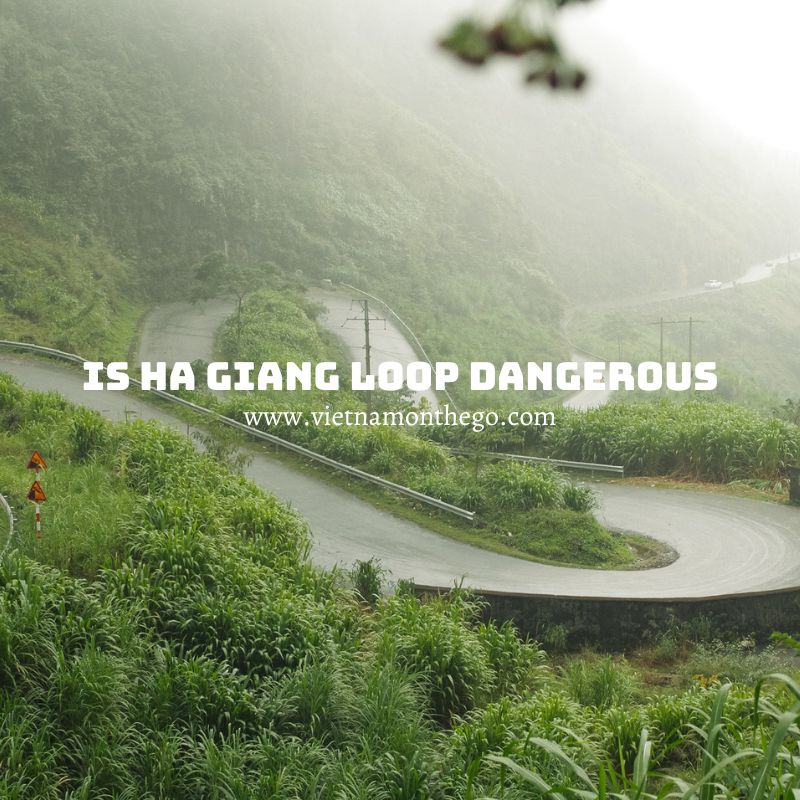
![[3 DAYS 4 NIGHTS] Ha Giang Loop Motorbike Tour from Hanoi](https://vietnamonthego.com/wp-content/uploads/2024/03/ha-giang-loop-tour-6-300x300.jpg)
![[4 DAYS 5 NIGHTS] Ha Giang Loop Motorbike Tour from Hanoi](https://vietnamonthego.com/wp-content/uploads/2024/03/ha-giang-loop-tour-300x300.jpg)